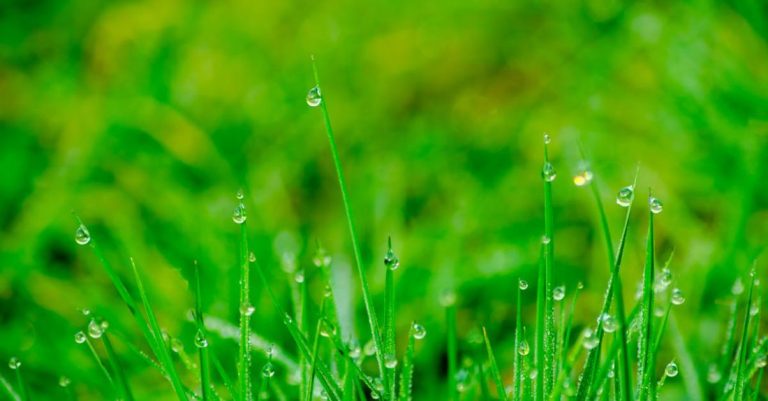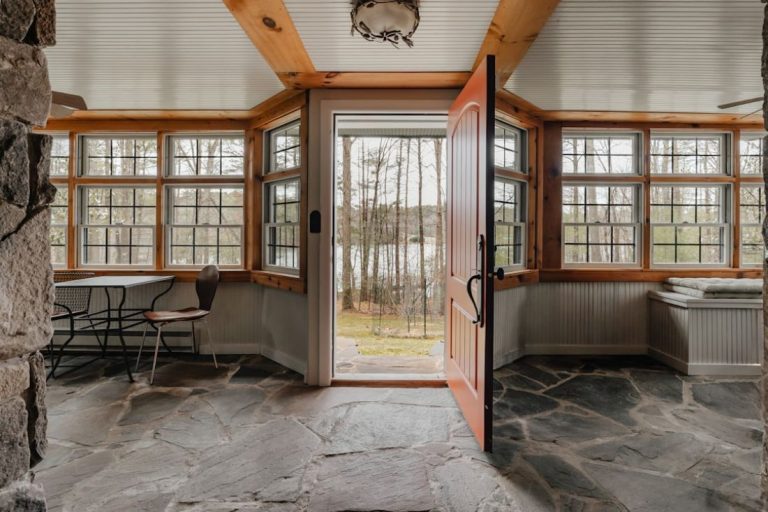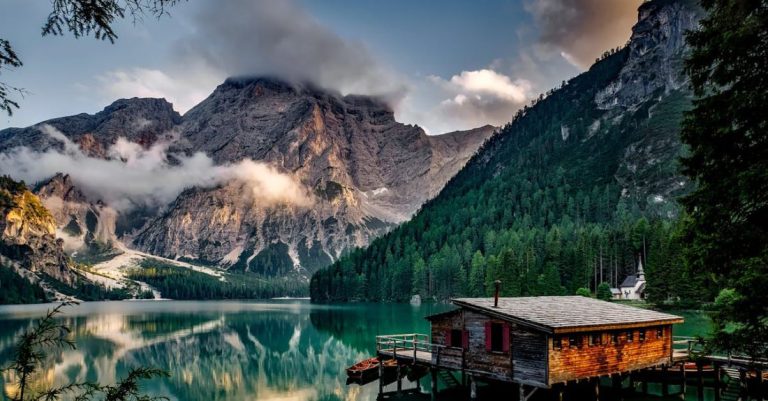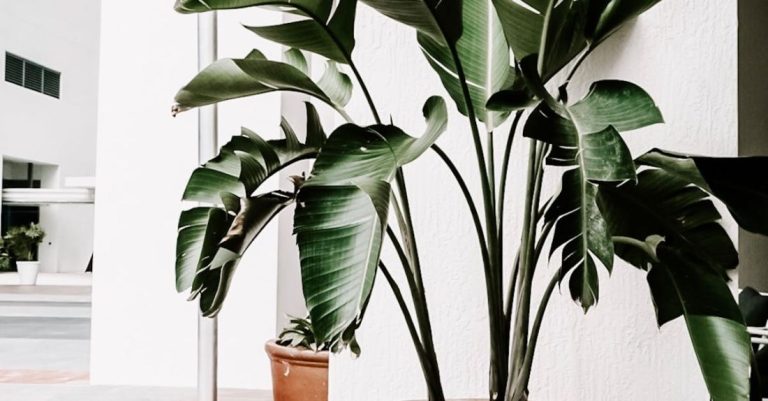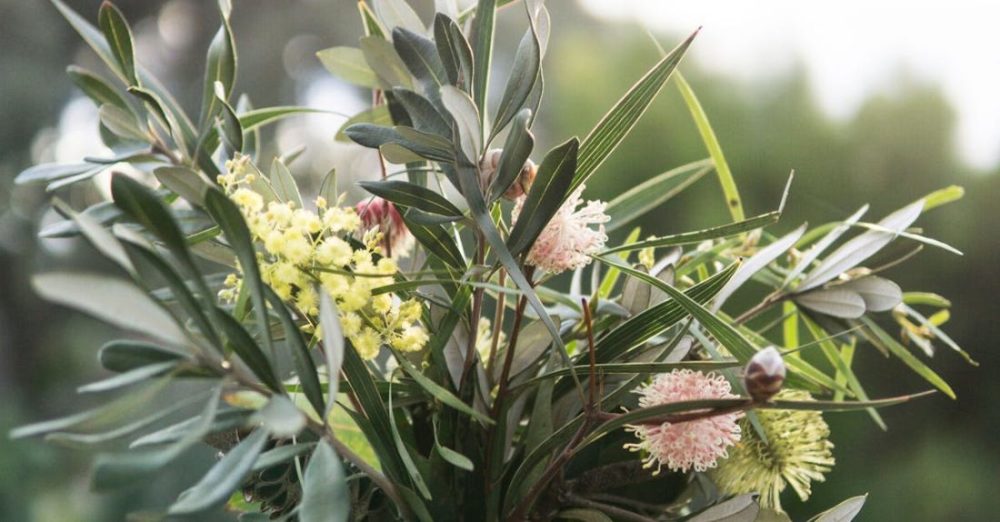
Native plants bring a touch of natural beauty and resilience to any landscape. By incorporating these plants into your outdoor space, you can create a harmonious environment that supports local biodiversity and requires less maintenance. Whether you are a seasoned gardener or a beginner looking to enhance your landscape, here are some tips on how to effectively incorporate native plants into your outdoor space.
Choosing the Right Plants
Selecting the right native plants is crucial for a successful landscaping project. Before purchasing any plants, take the time to research native species that are well-suited to your specific climate and soil conditions. Consider factors such as sunlight exposure, water requirements, and mature plant size to ensure that the plants will thrive in your landscape.
When choosing native plants, opt for a diverse selection of species that offer a variety of colors, textures, and blooming seasons. This will not only create visual interest but also provide food and habitat for local wildlife. Native plants are adapted to local conditions, making them more resistant to pests and diseases, which can help reduce the need for chemical treatments in your garden.
Creating Habitat for Wildlife
Native plants play a crucial role in providing food and habitat for local wildlife, including birds, butterflies, and pollinators. By incorporating a mix of native flowering plants, shrubs, and trees into your landscape, you can attract a diverse array of beneficial wildlife species. Consider planting species that produce nectar, seeds, or berries to support pollinators and birds throughout the year.
To create a habitat-friendly landscape, include a variety of plant heights and structures to provide shelter and nesting sites for wildlife. Incorporate native grasses, shrubs with dense foliage, and trees with branching structures to offer different types of habitat for birds and small mammals. By designing your landscape with wildlife in mind, you can enjoy the sights and sounds of nature right in your own backyard.
Promoting Sustainability
Incorporating native plants into your landscape is not only beneficial for wildlife but also for the environment as a whole. Native plants have deep root systems that help prevent soil erosion, improve soil quality, and reduce water runoff. By planting native species, you can help conserve water, reduce the need for fertilizers and pesticides, and create a more sustainable landscape that requires less maintenance over time.
To further promote sustainability in your landscape, consider using natural mulches, compost, and organic fertilizers to nourish your plants and improve soil health. Minimize the use of synthetic chemicals and opt for eco-friendly gardening practices, such as composting yard waste and using rain barrels to collect water for irrigation. By taking a holistic approach to landscaping, you can create a beautiful outdoor space that is environmentally friendly and low-maintenance.
Embracing the Beauty of Native Plants
Native plants offer a unique beauty that can enhance any landscape with their natural colors, shapes, and textures. From vibrant wildflowers to graceful grasses and majestic trees, native plants can create a sense of place and connection to the local environment. Embrace the beauty of native plants by designing your landscape with an eye toward showcasing their distinct features and seasonal interest.
Experiment with different plant combinations, layering plants of varying heights and textures to create depth and visual appeal in your garden beds. Consider incorporating native plants that are native to your region, such as coneflowers, milkweed, and oak trees, to celebrate the natural heritage of your area. By incorporating native plants into your landscape, you can create a unique and sustainable outdoor space that reflects the beauty and diversity of the local ecosystem.
Incorporating native plants into your landscape is a rewarding way to create a beautiful, sustainable outdoor space that supports local biodiversity and wildlife. By choosing the right plants, creating habitat for wildlife, promoting sustainability, and embracing the beauty of native species, you can design a landscape that is both visually appealing and environmentally friendly. Start your native plant journey today and transform your outdoor space into a vibrant and sustainable sanctuary for you and local wildlife to enjoy.
